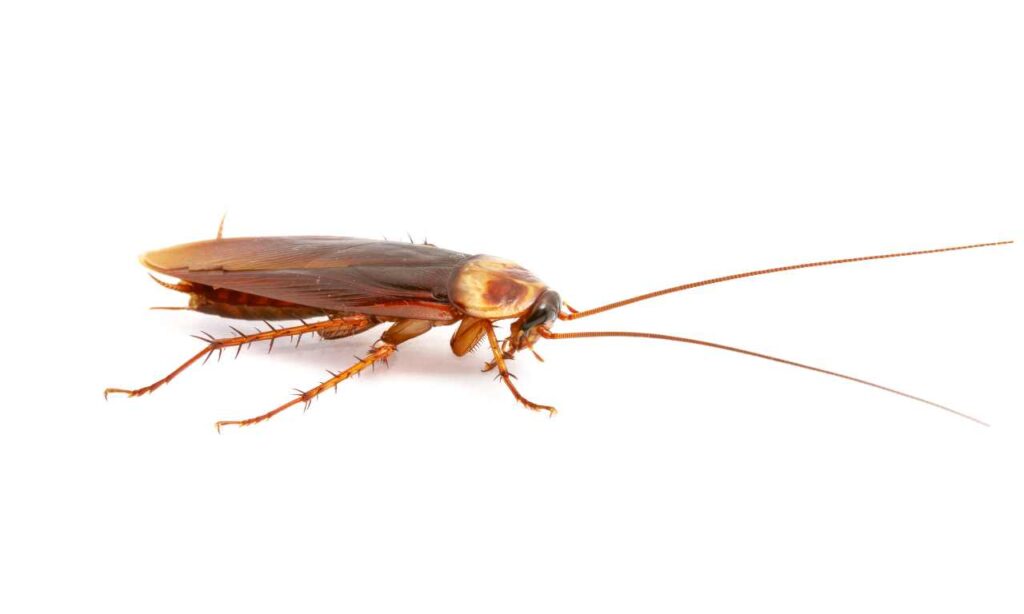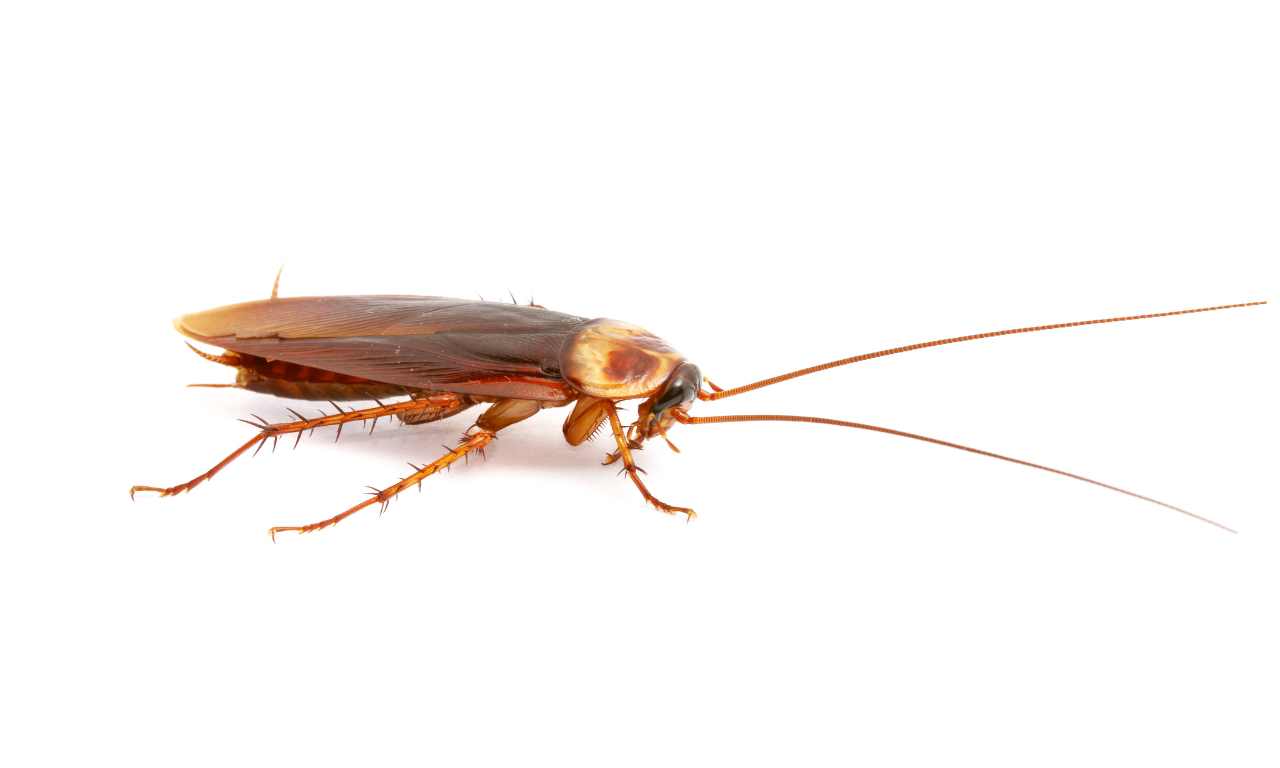
 Like all living creatures, cockroaches require oxygen to survive. However, unlike humans and other mammals, cockroaches do not have lungs. Instead, they have a system of tubes called tracheae that function as their respiratory system.
Like all living creatures, cockroaches require oxygen to survive. However, unlike humans and other mammals, cockroaches do not have lungs. Instead, they have a system of tubes called tracheae that function as their respiratory system.
The tracheae are connected to small openings on the cockroach’s body called spiracles. These spiracles are located along the sides of the cockroach’s body and allow air to enter the tracheae. The number and location of spiracles varies between species of cockroaches, but most have ten pairs of spiracles.
Once air enters the spiracles, it travels through the tracheae and is delivered directly to the cockroach’s cells. The tracheae are divided into smaller tubes called tracheoles, which extend throughout the body and deliver oxygen to the cockroach’s tissues.
The system of tracheae and spiracles allows cockroaches to efficiently exchange gases with the environment. The amount of oxygen that a cockroach can absorb depends on a number of factors, including the size of the spiracles, the size of the tracheae, and the rate of airflow through the spiracles.
One interesting feature of cockroach respiration is that they are able to adjust their breathing rate in response to changing environmental conditions. For example, if the oxygen levels in the environment are low, cockroaches will breathe more rapidly in order to absorb more oxygen. Similarly, if the temperature is high, they will reduce their breathing rate in order to conserve water.
Cockroaches are also able to close their spiracles in order to conserve water. This is particularly important in arid environments where water is scarce. By reducing their breathing rate and closing their spiracles, cockroaches are able to survive for extended periods of time without access to water.
In addition to oxygen, cockroaches also require a source of moisture in order to survive. This is because they are unable to drink water in the same way that mammals can. Instead, they obtain moisture from their food and from the environment.
Overall, the respiratory system of cockroaches is a fascinating example of the diversity of life on Earth. While it may seem strange to us humans that they don’t have lungs, this system allows cockroaches to thrive in a wide variety of environments and is a key factor in their remarkable adaptability.
Can Cockroach Breath Underwater?
Cockroaches cannot breathe underwater for an extended period of time because their respiratory system relies on air to be delivered through spiracles and tracheae. However, cockroaches can survive for a short time underwater by holding their breath and slowing down their metabolism.
When a cockroach is submerged in water, it will hold its breath by closing its spiracles, which are the small openings on its body that allow air to enter the tracheae. This helps to prevent water from entering the tracheae and suffocating the cockroach.
While underwater, the cockroach will slow down its metabolism in order to conserve energy and reduce its oxygen consumption. This allows it to survive for a short time without access to air.
However, if a cockroach is submerged in water for too long, it will eventually drown. This is because the oxygen stored in its body is quickly depleted, and the cockroach is unable to extract oxygen from the water.
It’s worth noting that different species of cockroaches have varying degrees of tolerance to water. Some species, such as the American cockroach, are more water-resistant than others and are able to survive longer periods of time in water. However, no species of cockroach is able to breathe underwater for an extended period of time.
In conclusion, while cockroaches are able to survive for a short time underwater by holding their breath and slowing down their metabolism, they cannot breathe underwater for an extended period of time. Their respiratory system relies on air to be delivered through spiracles and tracheae, and they will eventually drown if they are unable to access air.
Can Cockroach Breath When They Are Underground?
Cockroaches can breathe when they are underground, as their respiratory system is designed to function in a variety of environments. However, the amount of oxygen available to them may be limited depending on the depth and composition of the soil.
As I mentioned in my previous response, cockroaches breathe through a system of tubes called tracheae, which are connected to small openings on their body called spiracles. These spiracles allow air to enter the tracheae, which then deliver oxygen directly to the cockroach’s cells.
When a cockroach is underground, the amount of oxygen available to it depends on a number of factors. The depth and composition of the soil can have a significant impact on the amount of oxygen available. If the soil is dense and compact, it may be more difficult for air to penetrate and reach the cockroach. Conversely, if the soil is loose and porous, there may be more oxygen available.
In addition to the availability of oxygen, temperature and humidity can also impact a cockroach’s ability to breathe underground. If the temperature is too high or too low, the cockroach may slow down its metabolism and reduce its oxygen consumption in order to conserve energy. Similarly, if the humidity is too low, the cockroach may be at risk of dehydration, which can impact its ability to breathe.
Despite these challenges, cockroaches are able to adapt to a wide range of environments, including underground habitats. They are able to adjust their breathing rate in response to changing conditions in order to optimize their oxygen intake. They are also able to close their spiracles in order to conserve moisture and prevent dehydration.
One interesting adaptation that some species of cockroaches have developed is the ability to burrow. Burrowing cockroaches, such as the Florida woods cockroach and the Madagascar hissing cockroach, are able to tunnel through soil in order to access food and avoid predators. This allows them to create microenvironments with greater oxygen availability than the surrounding soil.
Welcome to my blog. I have been doing pest control for years since my house, garden and pets were always attacked by various kinds of pests and as a result I had to know proper pest control techniques that works. In this blog I share all the tips and tricks that I know and I hope you’ll find it helpful.
